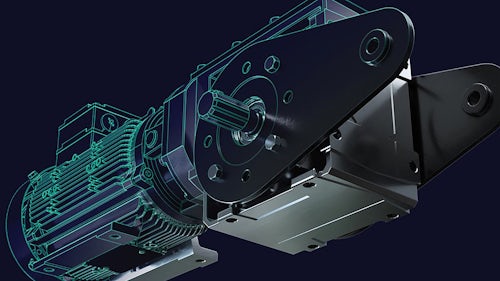Development and validation testing conditions must be defined as vehicles become more automated with advanced driver assistance systems (ADAS). While it’s increasingly difficult to identify all potential scenarios for ADAS and autonomous vehicle (AV) features, Siemens helps optimize the development process.
Discover more in this white paper about how Siemens helps support automotive OEMs and suppliers to develop and validate their systems at a reduced cost in a shorter time.
Reduce validation time and costs in the development process
Simulation is used to front-load ADAS and AV development. It reduces the time needed for the verification and validation (V&V) phase. Before prototype testing, real-time simulators verify the physical systems as they become available.
A major benefit of using virtual models is to reduce the testing effort and make verification less time-consuming and expensive. Many scenarios are evaluated using virtual models, which lead to the critical scenarios being used in physical system V&V. This creates a manageable physical testing program.
Define suitable test scenarios for ADAS and AV with a model-based design approach
Model-based design (MBD) is a framework that uses test cases to verify the system throughout the development process. Test cases come from analyzing vehicle-level and system-level requirements and functional safety standards such as the International Organization of Standardization (ISO) 26262 and ISO21448. This helps design fault-mode test cases.
The purpose of defining required scenarios for ADAS and AVs is to provide broad coverage for potential occurrences while using the vehicle and to identify critical, unsafe scenarios.
Use simulation to define test scenarios based on real-world driving
A vehicle is tested on a public road with the correct instrumentation to identify real-life scenarios. Many automotive companies have recorded large amounts of data on roads with varying traffic and weather conditions. Identifying a more extensive set of potential scenarios is necessary to expand coverage, starting from real-world driving data.
Once test scenarios are identified, they can be imported into simulation models to front-load the development. System evaluation is supported by dedicated simulation tools such as Simcenter software.





